The Hidden Beauty of Sea Slugs
When it comes to sea slugs, many of us instinctively cringe. But perhaps we’ve been looking at them the wrong way. Beneath the water’s surface, these mystical creatures are nothing short of breathtaking. Their delicate forms and vibrant colors make them seem like tiny aliens drifting through the ocean. Over millions of years, sea slugs have evolved incredible adaptations, including losing the shells their ancestors once carried.
Here’s a look at some of the most stunning mollusks in the ocean.
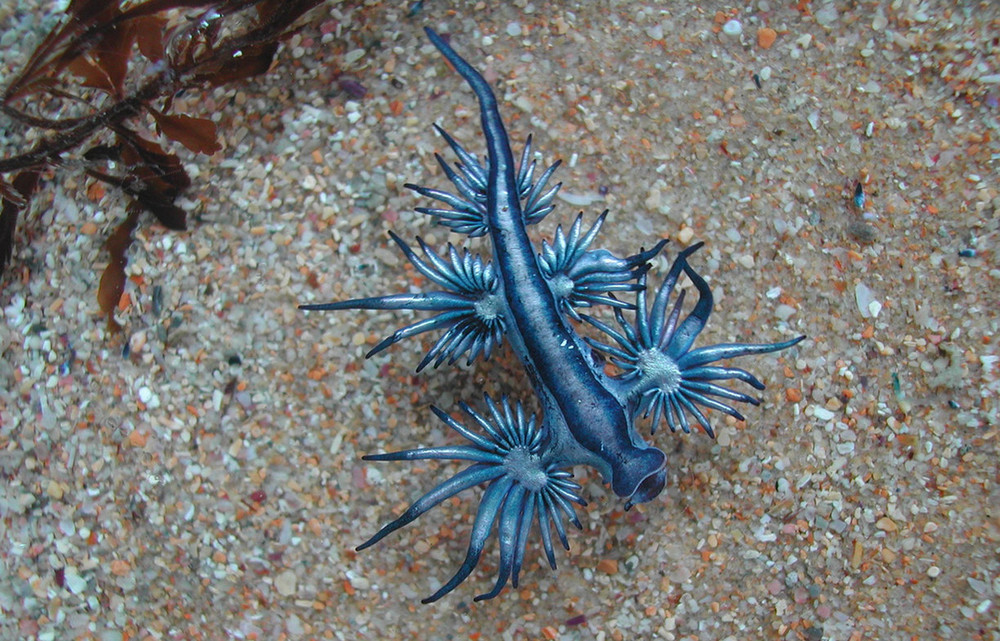
Blue Dragon & Glaucus Marginatus
The Glaucus atlanticus, commonly known as the Blue Dragon, is a rare sea slug found in oceans worldwide. This tiny predator floats upside down on the ocean’s surface, storing air in its stomach to stay buoyant. Adults reach about 5–8 cm in length, and their striking blue coloration is both beautiful and otherworldly.
A close relative, Glaucus marginatus, looks like a miniature version of the Blue Dragon. Its cerata—the finger-like appendages along its body—are arranged differently, forming a single line in each arc, giving it a distinctive appearance.
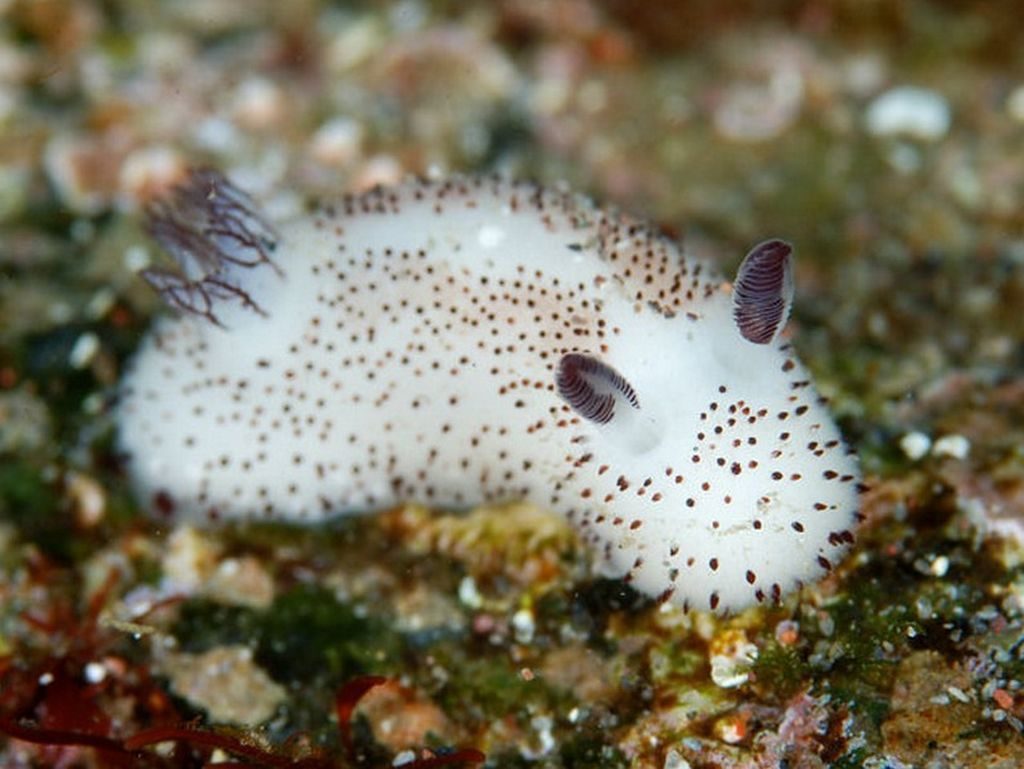
Sea Hare: The Ocean’s Bunny
The sea hare, found in waters from India to Japan, earns its name from its rabbit-like appearance. With ear-like rhinophores and a small, fluffy tail, it’s easy to see why. These “ears” are not just decorative—they are chemosensory organs that help the slug detect smells and water currents, guiding it through its underwater world.
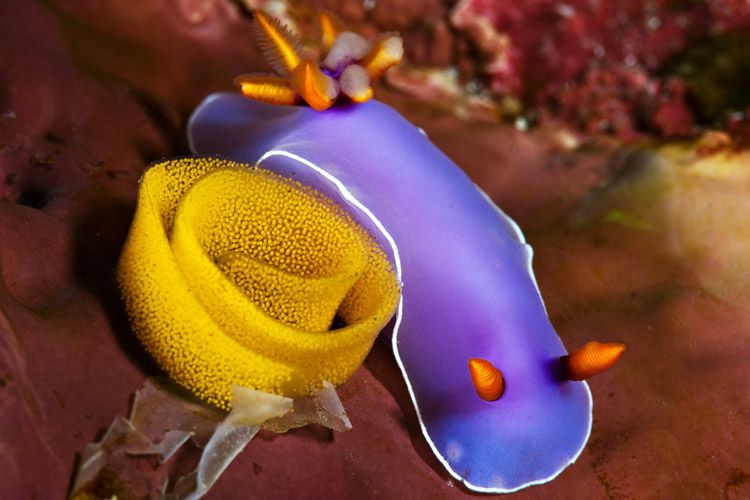
Spanish Shawl: A Burst of Color
Flabellina iodinea, or the Spanish Shawl, is a dazzling nudibranch from the west coast of North America. Its purple body, bright orange cerata, and red gills are not just for show—they serve as a warning to predators that this slug is toxic. With colors this vibrant, it’s impossible not to admire its underwater artistry.
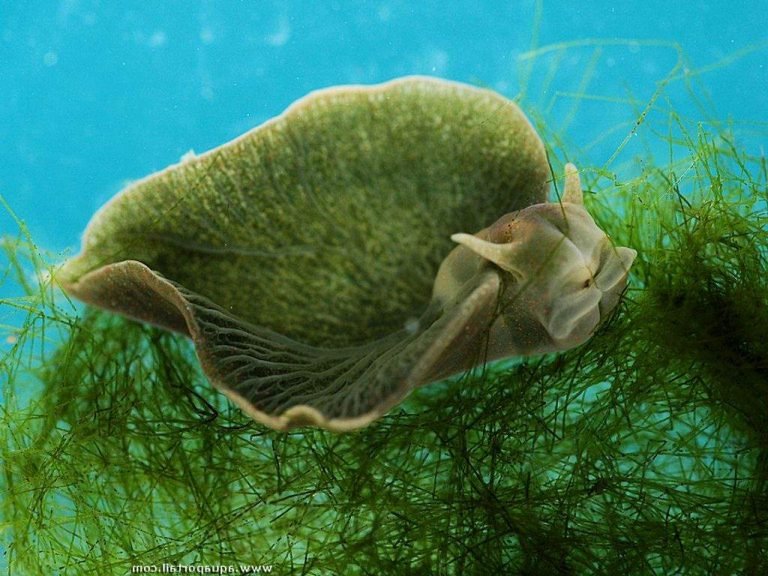
Eastern Emerald Elysia: The Photosynthetic Slug
Elysia chlorotica, found along the eastern coast of the United States, looks like a bright green leaf floating in the water. Remarkably, it can perform photosynthesis—a trait usually reserved for plants. By consuming algae, it absorbs chlorophyll and uses it to convert sunlight into energy, blending perfectly with its surroundings while sustaining itself.

Flamingo Tongue Snail: Tiny Tropical Jewel
The Flamingo Tongue Snail (Cyphoma gibbosum) inhabits tropical waters of the western Atlantic. Its shell glows with a striking combination of orange and yellow, patterned with bold black markings. This tiny mollusk is a living gem among the coral reefs.

Cuban Land Snail: Nature’s Painted Masterpiece
The Cuban land snail (Polymita picta) is a large, terrestrial species endemic to Cuba. Its shell shimmers with vivid colors and patterns, making it so beautiful that it’s sometimes used in jewelry—a practice that unfortunately puts the species at risk. Each individual snail is a unique piece of living art.

Violet Snail: Floating Mystique
The Janthina janthina, or common violet snail, drifts in warm tropical waters around the world. Its shell ranges from soft lilac to deep purple, and it floats effortlessly on the ocean’s surface thanks to a bubble raft—a natural marvel that adds an almost mystical quality to this tiny mollusk.
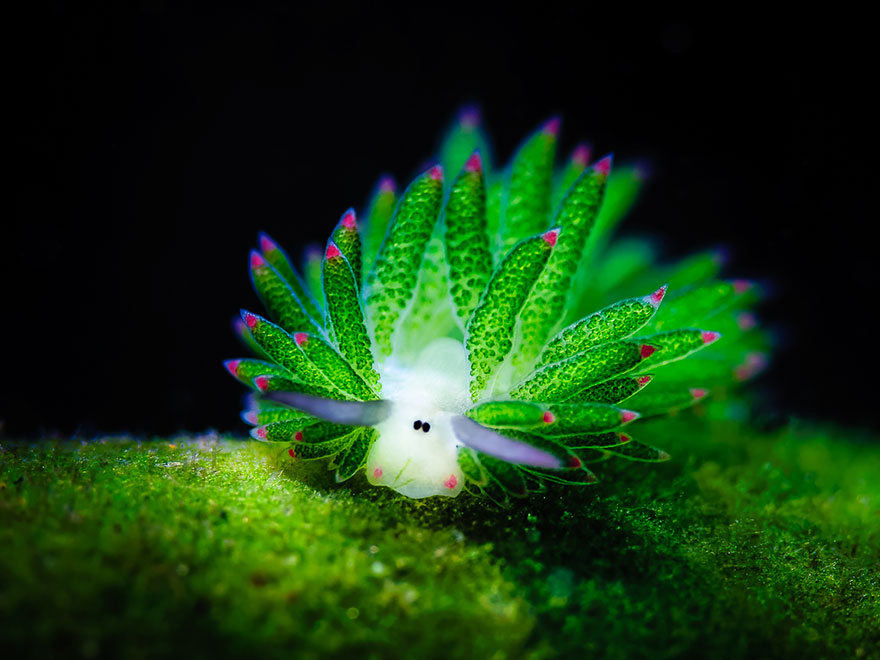
Leaf Sheep: The Grazing Photosynthetic Slug
The Costasiella kuroshimae, affectionately called the Leaf Sheep, grazes on underwater algae like a miniature sheep on a grassy hill. But unlike its terrestrial namesake, this slug can “steal” chloroplasts from the algae it consumes, potentially using them for photosynthesis when food is scarce. Its green, leaf-like body makes it one of the most charming and unusual sea slugs in the ocean.
Sea slugs may seem strange at first glance, but a closer look reveals a world of stunning colors, incredible adaptations, and surprising abilities. From floating dragons to photosynthetic “sheep,” these creatures are a reminder that beauty in nature often comes in unexpected forms.





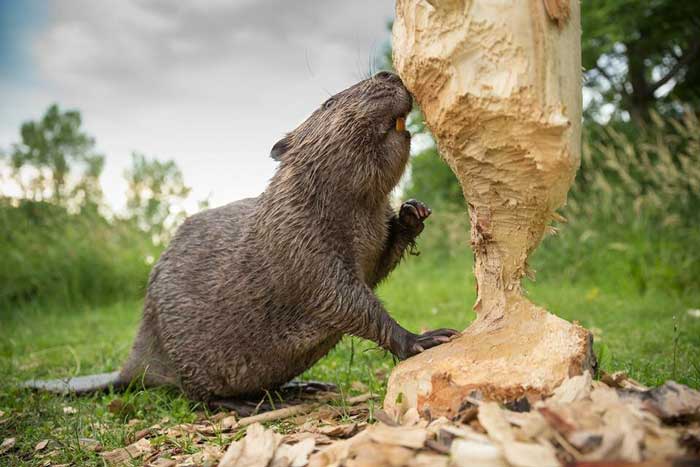
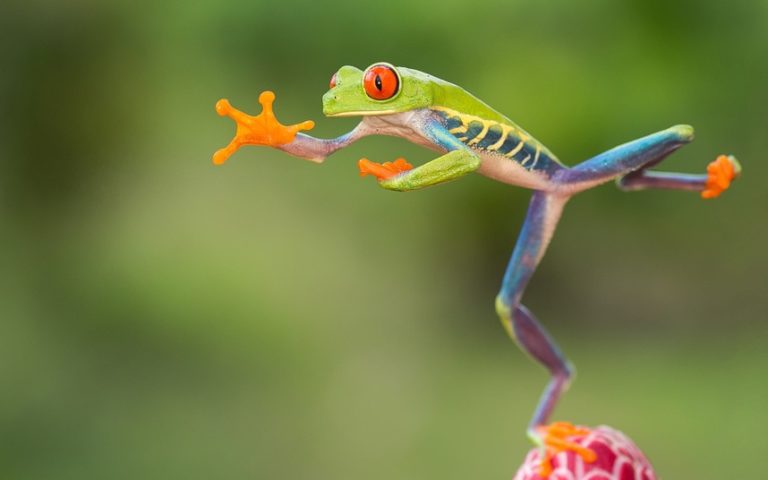
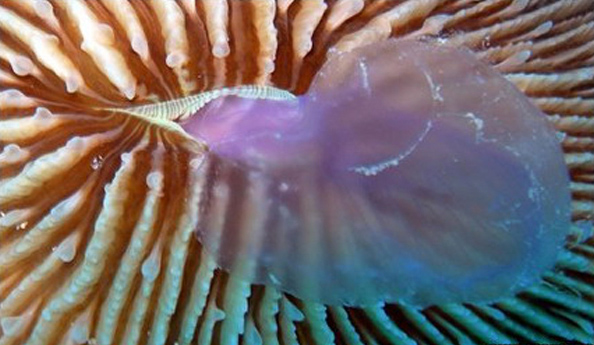
Ха-ха!! Слизняк похож на кролика, да такой миленький!))
Само название слизни,предполагает что-то мерзкое,неприятное,а эти такие милашки! Необычные,красивые,я изменила своё мнение о них!
Первый раз читаю о слизнях в таком ракурсе, теперь я кумир Листовой овцы и Морского кролика) Захотелось побольше узнать о них. Обязательно покажу статью детям!